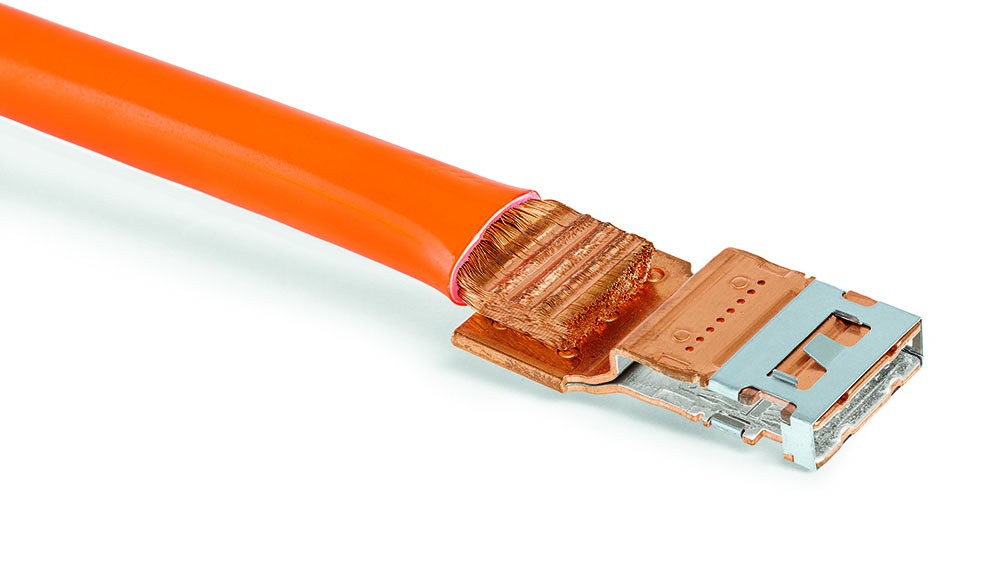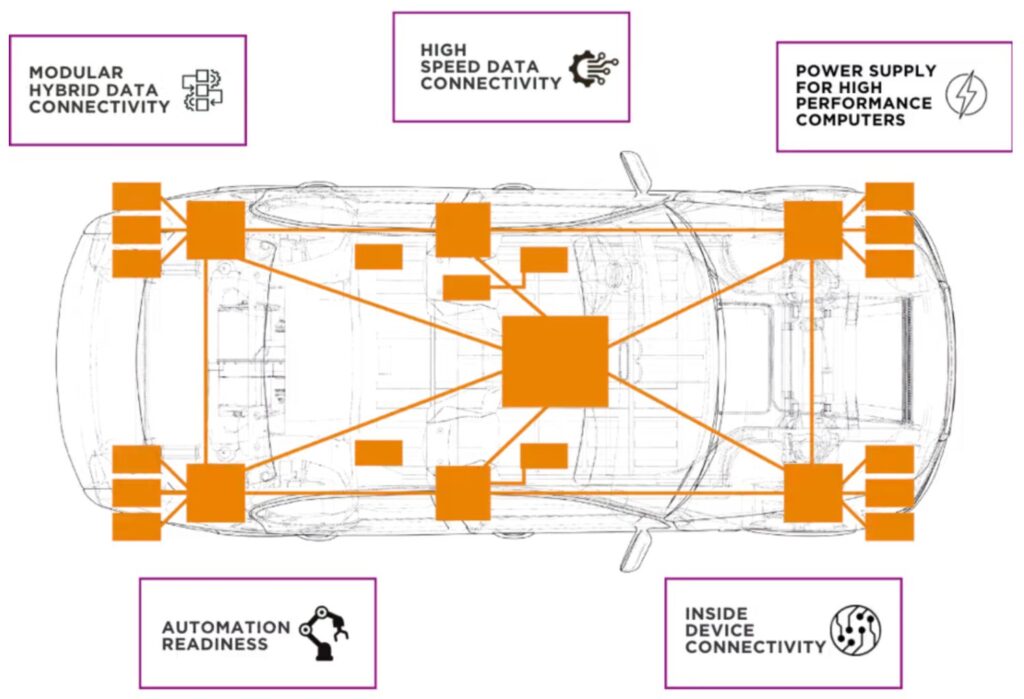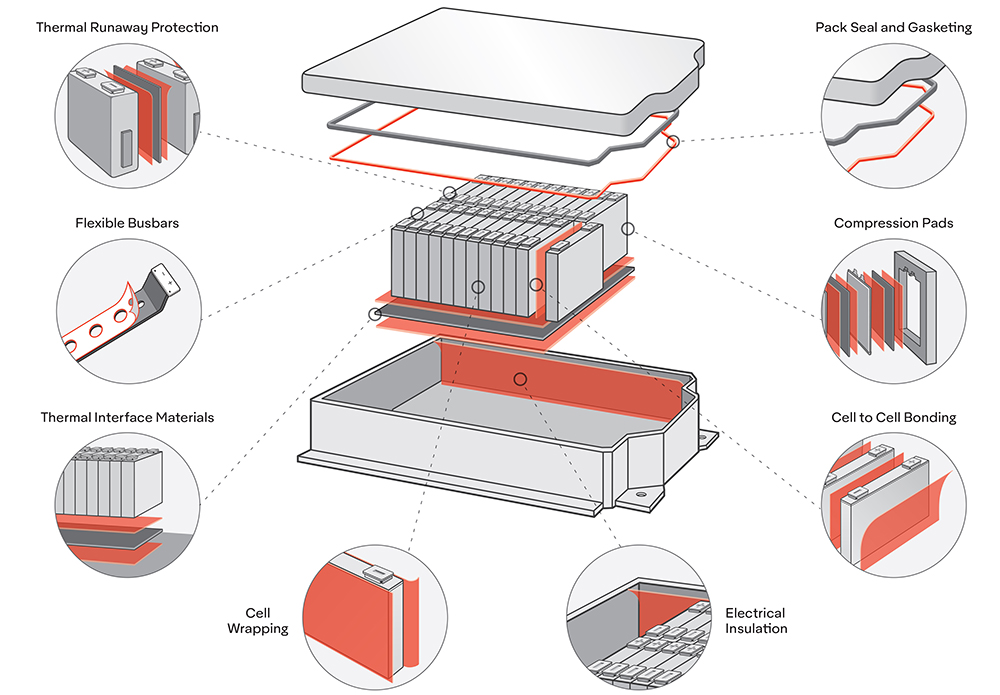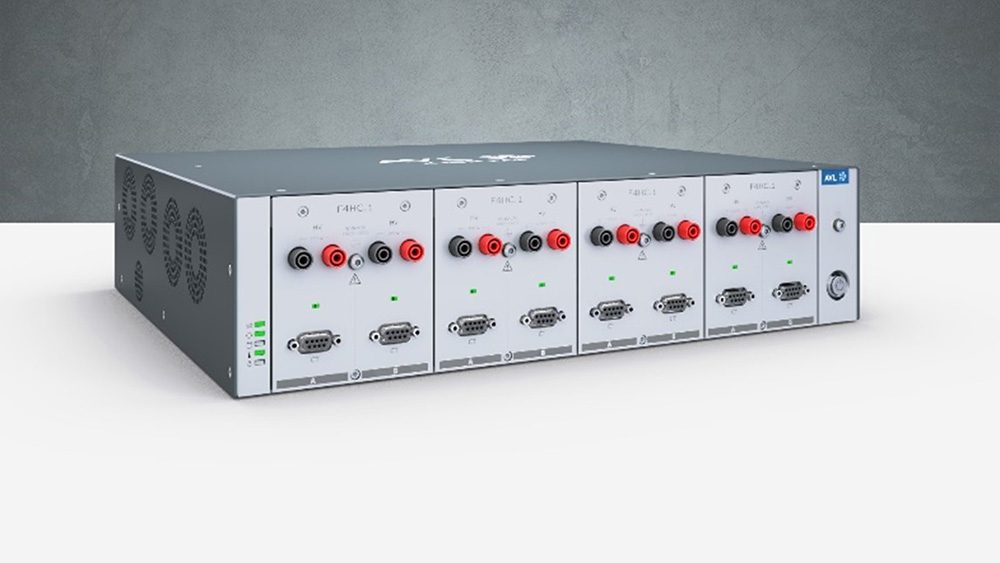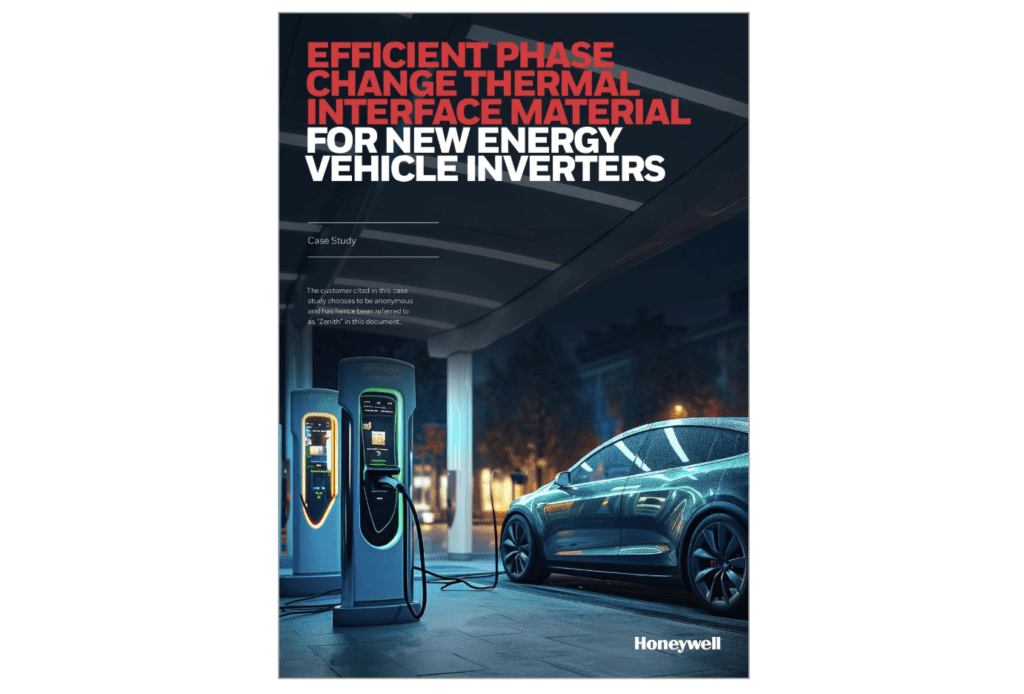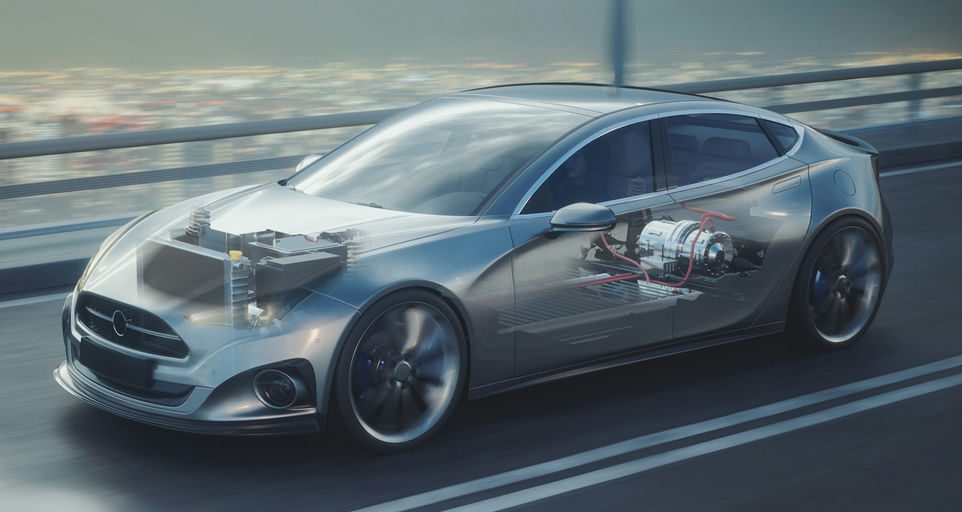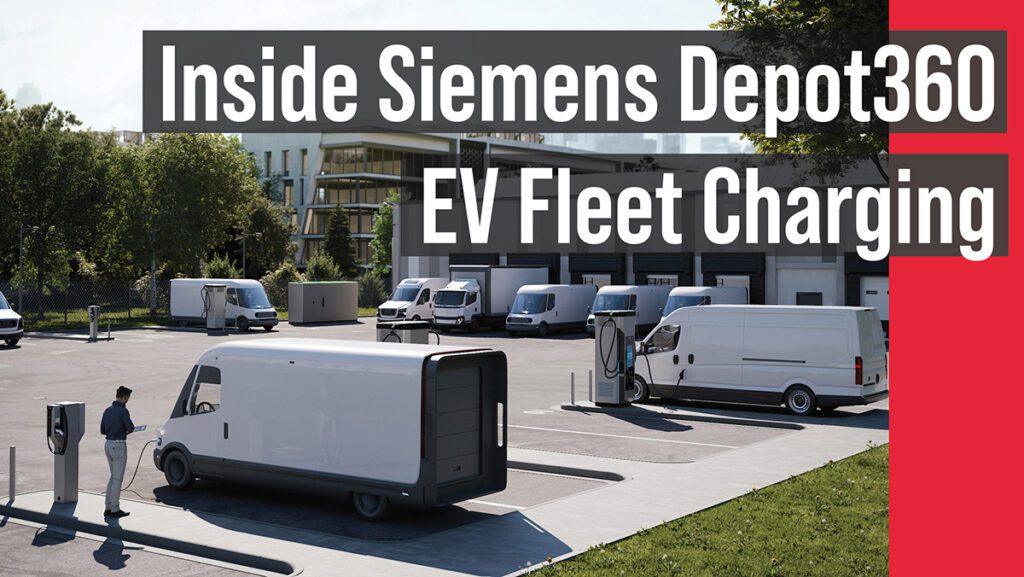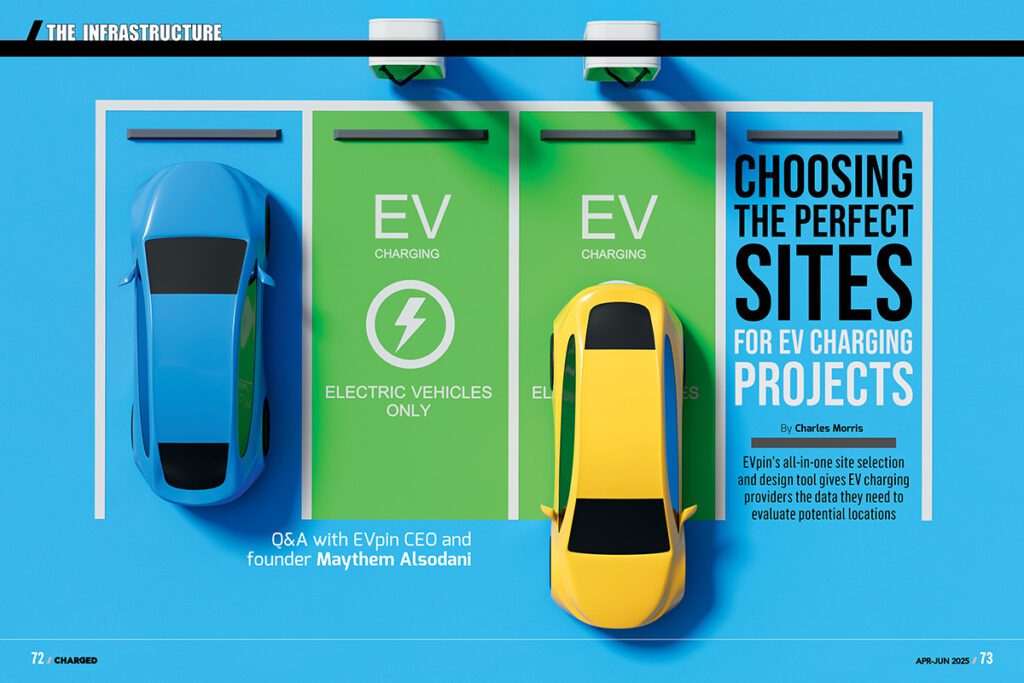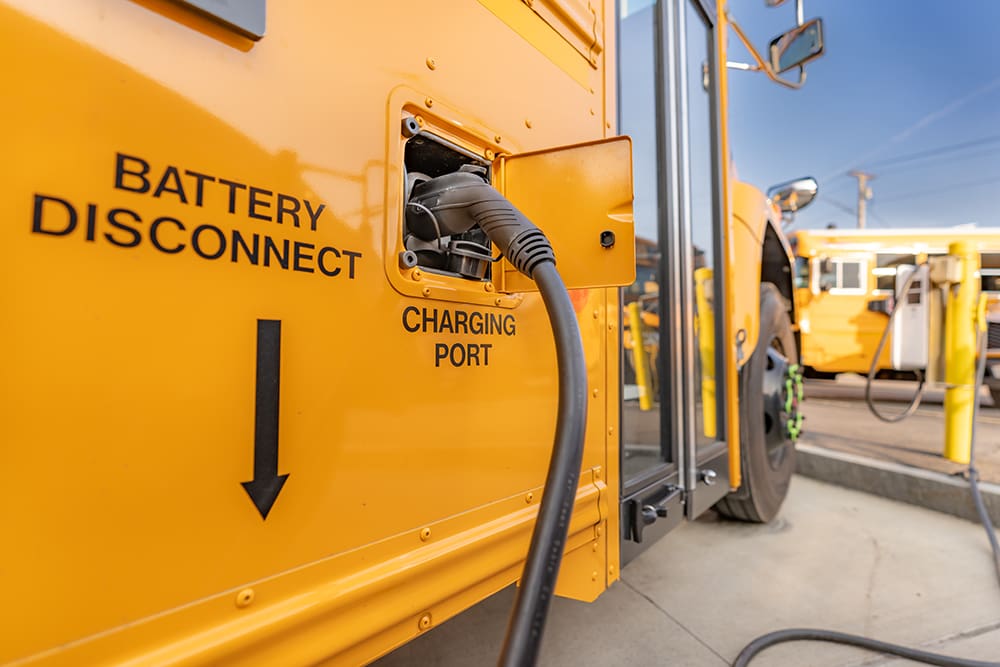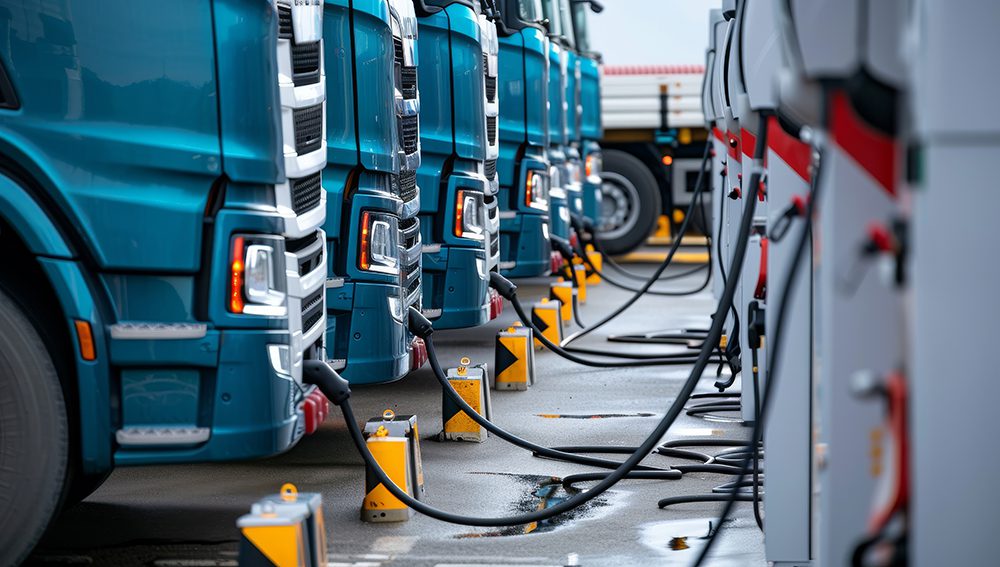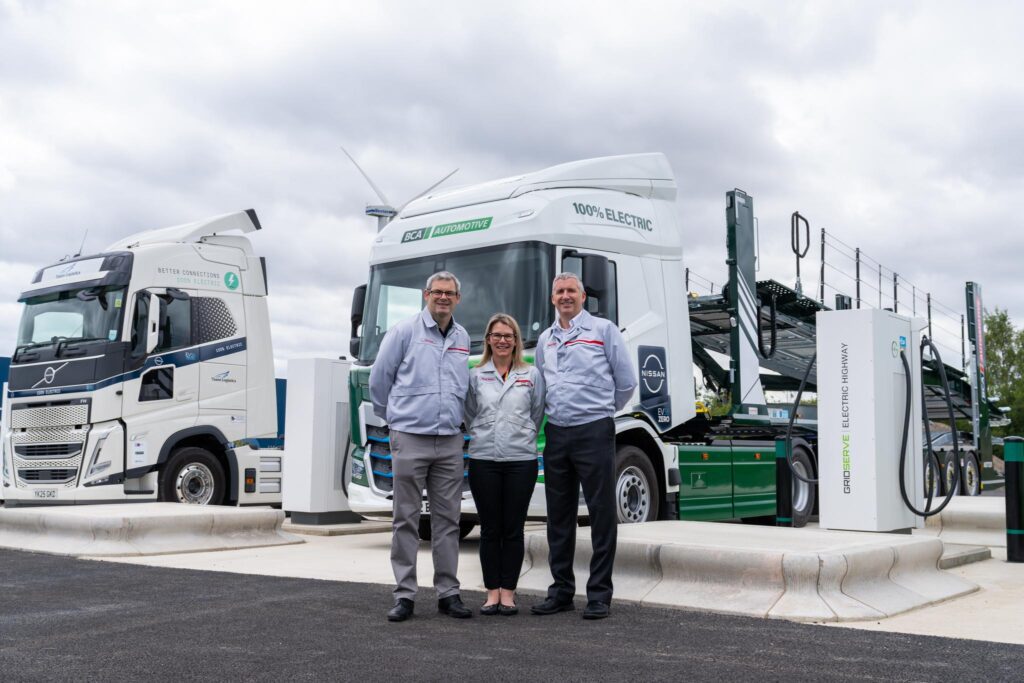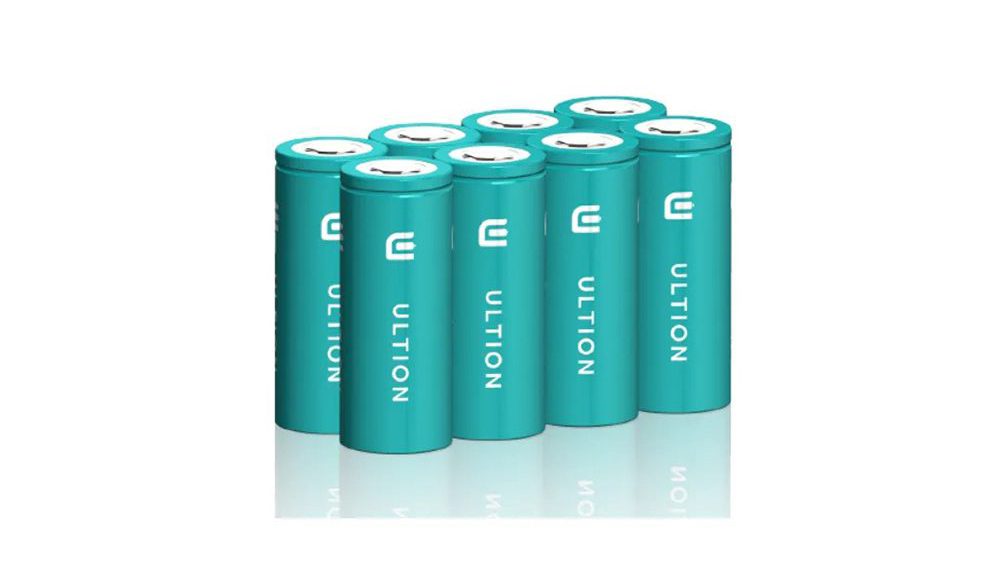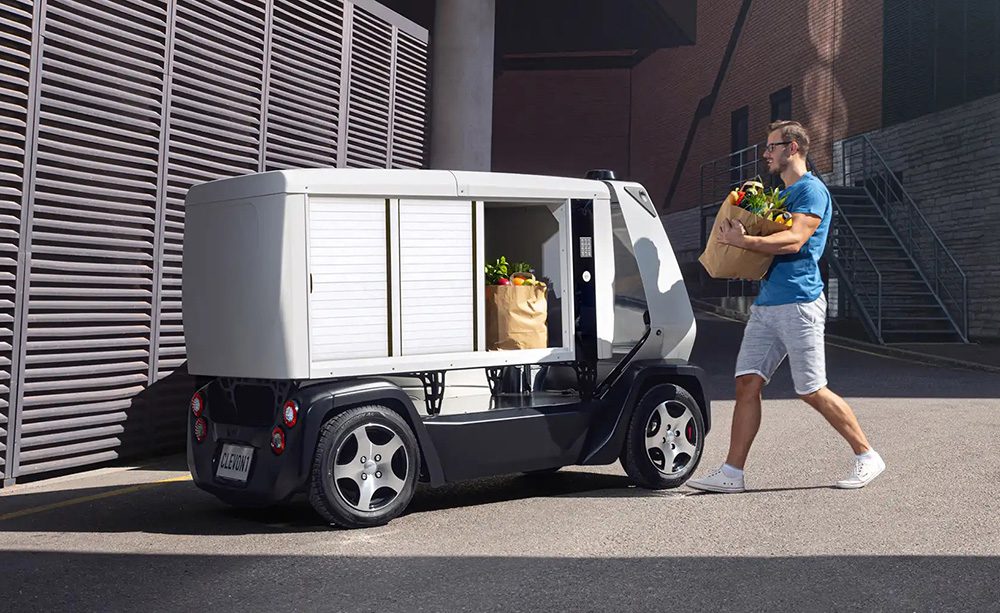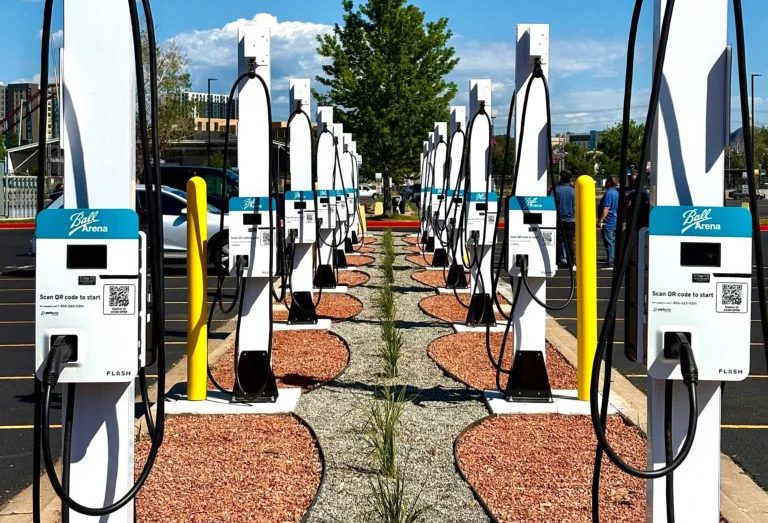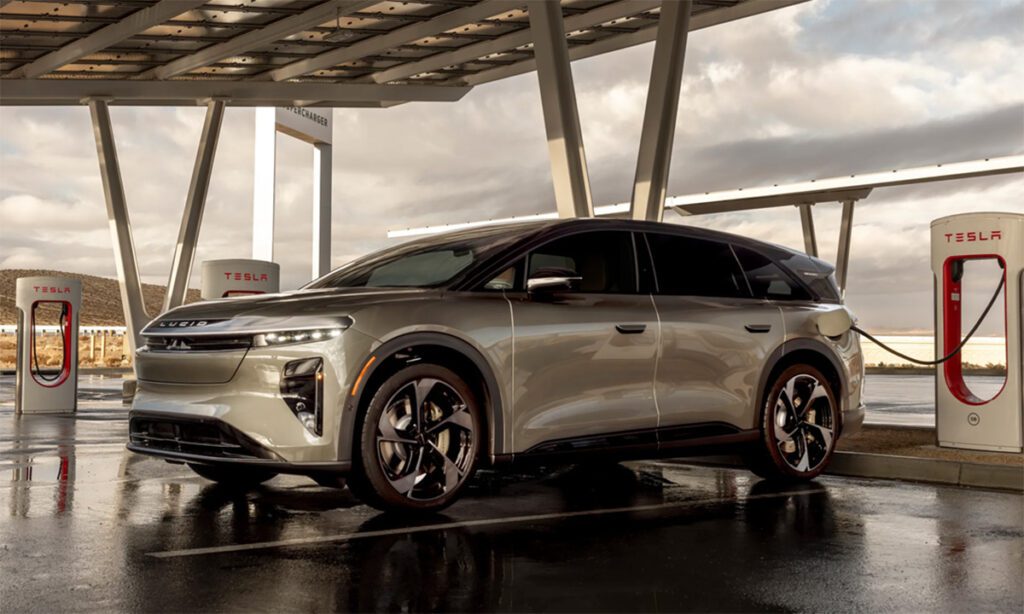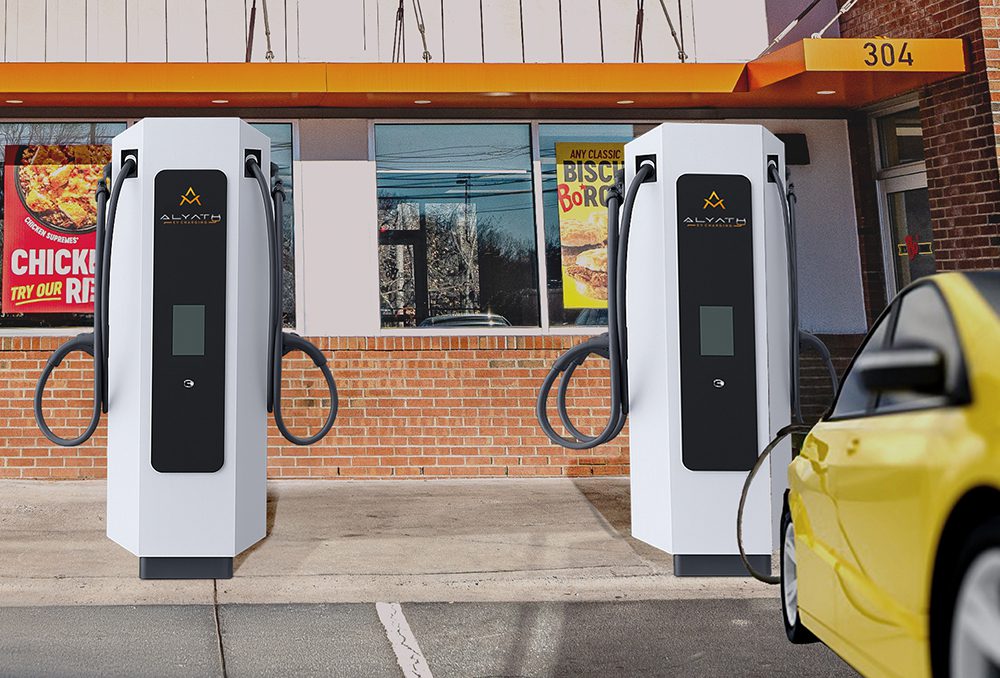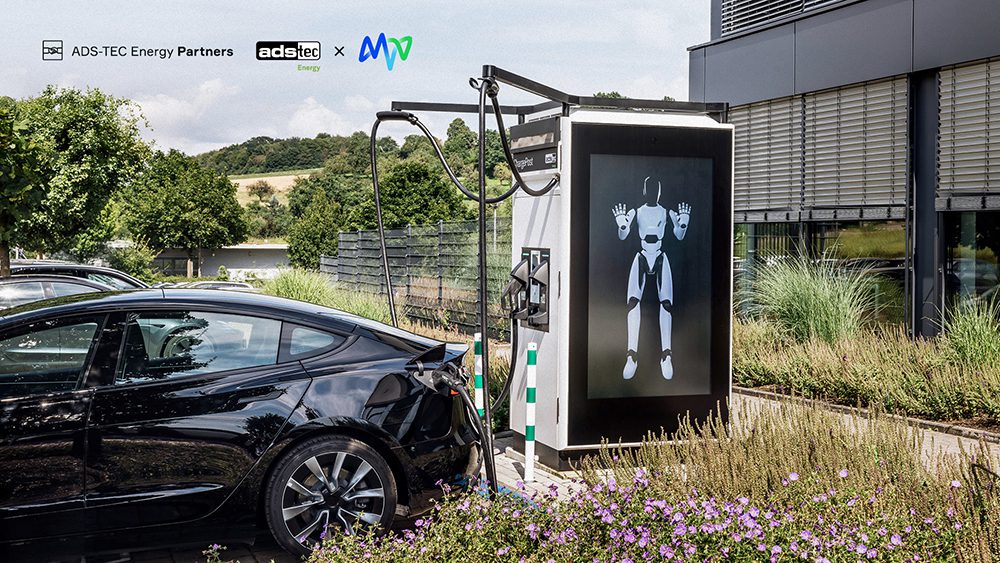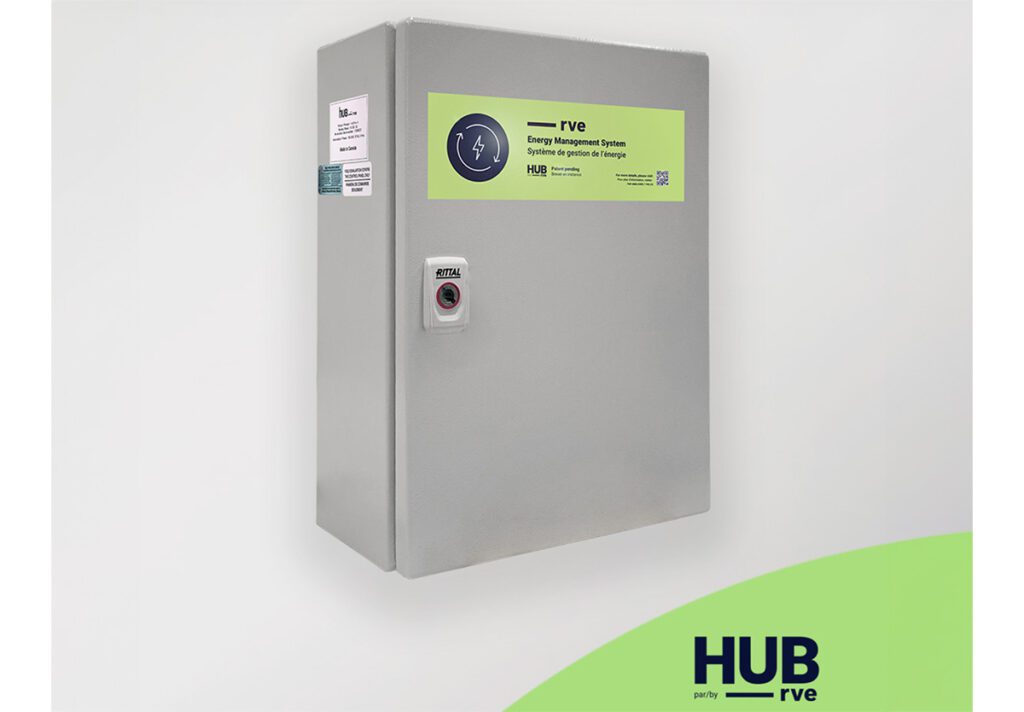Data from the California Energy Commission (CEC) indicates a 2.7% increase from 2020 to 2021 in the share of the state’s electricity generated by Renewables Portfolio Standard (RPS)-eligible sources like solar and wind, bringing the total to 37%.
When combined with that derived from other carbon-free sources, including hydroelectric, nuclear, biomass and geothermal, the percentage of the state’s retail electric sales of clean electricity rises to 59%, unchanged from 2020 due to drought-related hydroelectric declines.
The RPS program was established in 2002 with an initial requirement that 20% of electricity retail sales be served by renewable resources by 2017. The goal was raised to 33% by 2020 and was met in 2018. The latest goal is to reach 60% by 2030. Ultimately, the policy requires 100% compliance by 2045 for the state’s electricity retail sales and electricity to serve state agencies; interim targets are 90% by 2030 and 95% by 2040.
According to the California Independent System Operator, the state’s battery storage capacity has increased from 250 MW to 5,000 MW since 2019, enough to power up to 5 million homes. Capacity is projected to increase to 52,000 MW by mid-century.
Source: CEC

























